LA CHANVOSA
Evelina believes in natural farming. She applies the agricultural techniques of organic farming, such as rotations (“even though hemp releases nitrogen into the soil, enriching it, so rotation would not even be necessary”, she explains) and the principles of biodinamica farming.
In 2019, she harvested 20 kg of seeds, 30 kg of leaves, and 50 kg of flowers. “From the seeds I make some flour, and part of them I use to fill chocolate; mostly, however, I sell whole seeds. It is a way of preserving their properties”. The seed is eaten as it is, for example in salads or as an ingredient in bread, breadsticks, pizza, cakes and biscuits. The flowers can be used to prepare herbal teas having relaxing properties, to relieve stress and anxiety, while the leaves can be used in vegetable soups, omelettes, or pies. Hemp oleolite, in turn, has anti-inflammatory and analgesic properties. Hemp is also used to enrich other La Chanvosa: products, from the herb mix to the herb salt.
All the products are all on sale in Baceno, in the shop that Evelina Felisatti opened in 2018, “which I also use to organise training courses and events – she says – In 2019, for example, on the occasion of the feast of St. John, which marks the beginning of summer, I promoted a “herb festival”, to talk about the therapeutic use of the herbs collected on the night of St. John. During the summer, instead, I organise workshops with children”.
In summer, the shop also offers the so-called farmer’s basket, made up of the surplus produce from the family vegetable garden – a mix of seasonal products, which has been particularly successful among the many holidaymakers who have a second home in Baceno. Many people living in Milan, indeed, choose this corner of the Ossola Valley for their holidays; “some even end up staying for good”, adds Evelina.
The herbs festival
“In Croveo, in the 16th century, there was a big witch trial, also linked to the use of hemp. In doing what I do, it is important for me to redeem those women accused of witchcraft, who were in fact great connoisseurs of herbs and their therapeutic use. They were considered awkward because they were strongly linked to the rhythms of nature – says Evelina – In Croveo, this story is still very much alive today, so much so that over the centuries the tradition of gathering herbs and preparing treatments with them has been abandoned”, she continues. Besides producing the “Witch’s Ointment”, the young owner of La Chanvosa is one of the promoters of Streghe di Croveo (The Witches of Croveo), an association set up with the aim of redeeming the memory of those women and the historical and social phenomenon of witchcraft and witch trials, as described by documents found in the curia in Novara. “Most of them starved to death, while two, Foglietta di Rivasco and Fiora di Croveo, were burnt at the stake” – Marica Dattrino, deputy mayor of Baceno, explained to newspaper La Stampa in 2016 It was enough to be particularly skilled, have some unusual interests or know alpine herbs to be reported. […] One of the reasons given for this phenomenon was the proximity and direct contact with Protestant Switzerland. This led to accusations of witchcraft against those who worked in Switzerland and their relatives. The mothers, sisters and girlfriends of workers who came into contact with the “Protestant heresy” on Swiss soil were also often accused”.
